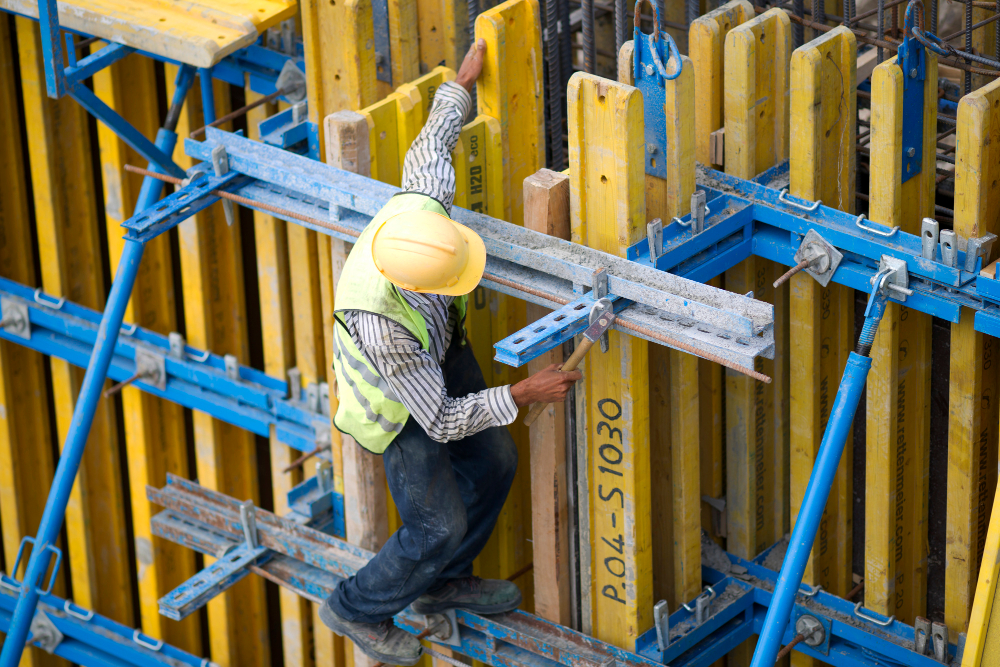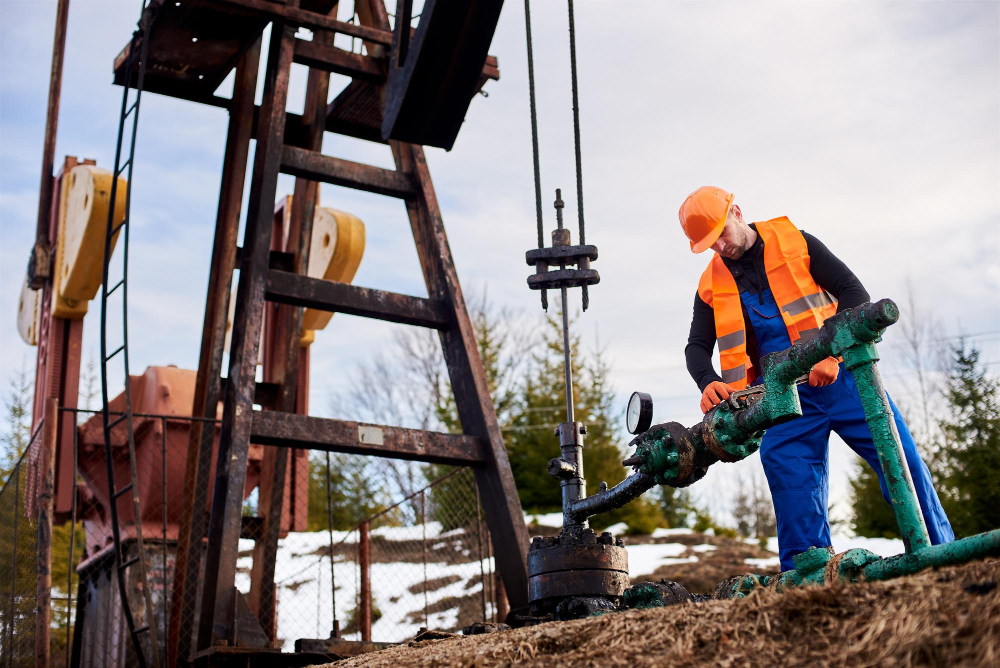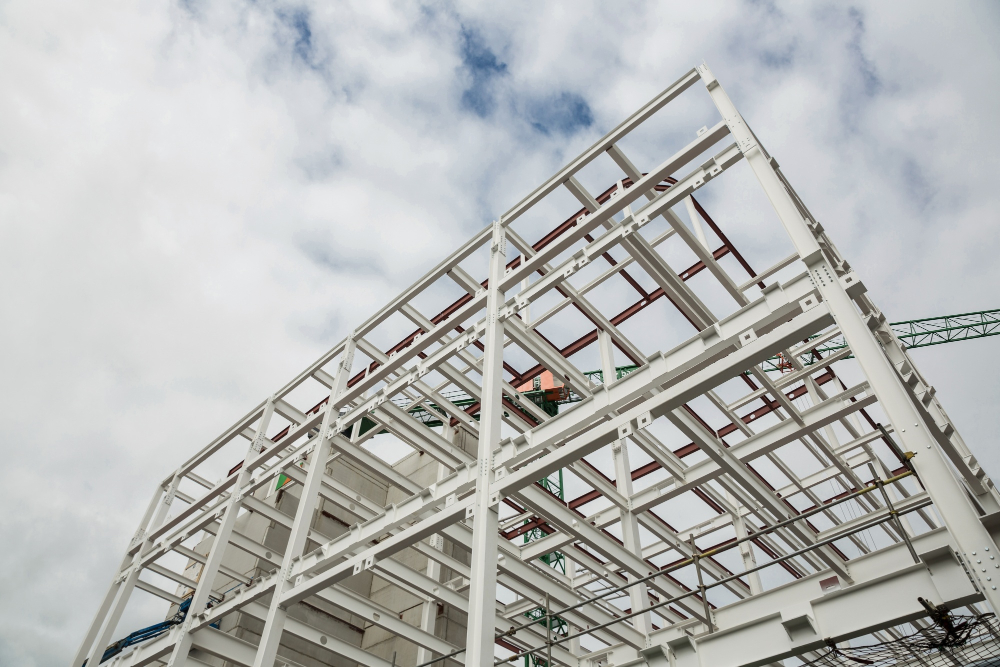Selecting the right piling method is one of the most critical decisions in any construction project. The strength, stability, and longevity of a structure depend on how well its foundations are designed and executed. Among the most popular methods are CFA (Continuous Flight Auger), Driven, and Bored piles. Each technique offers distinct benefits depending on […]










